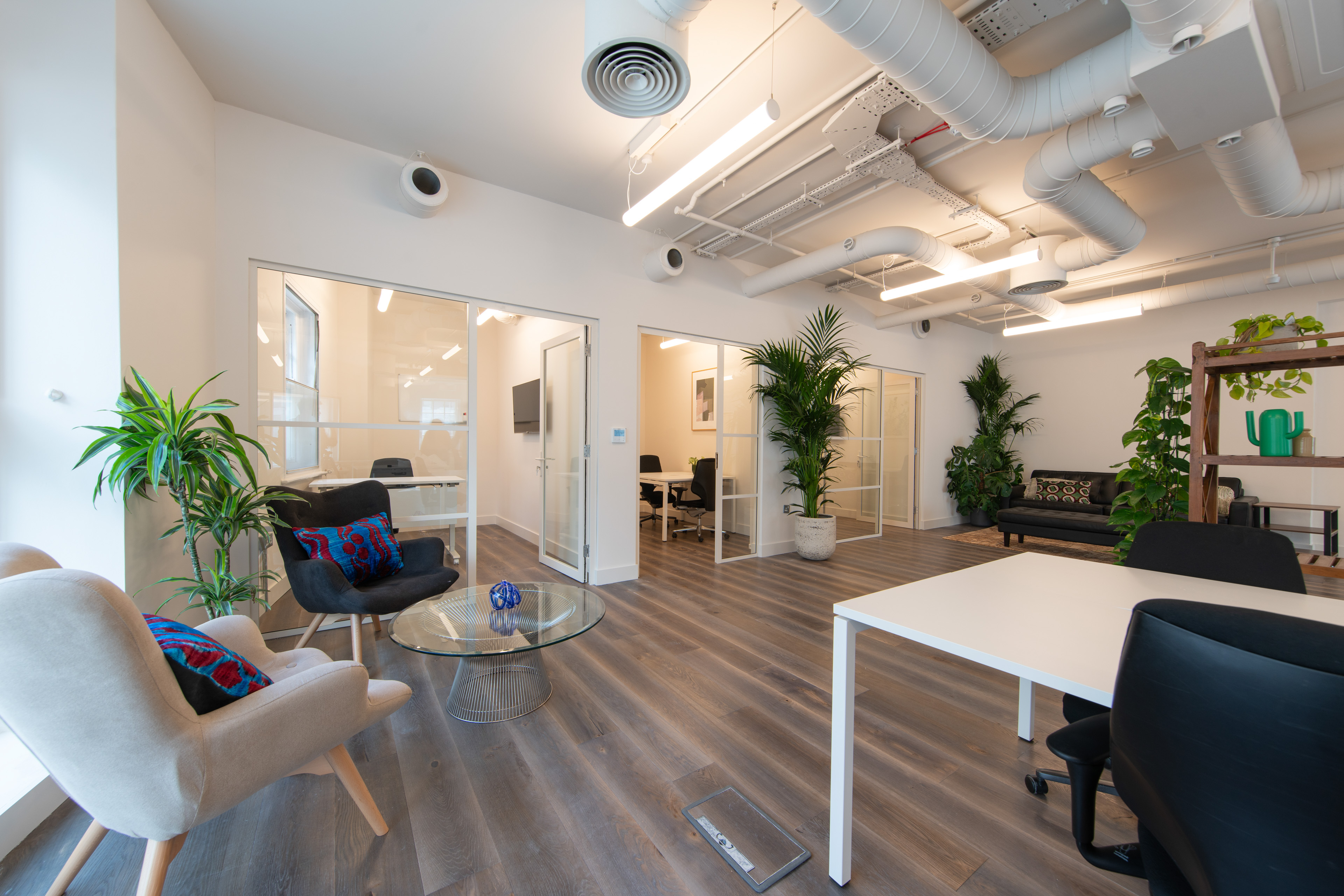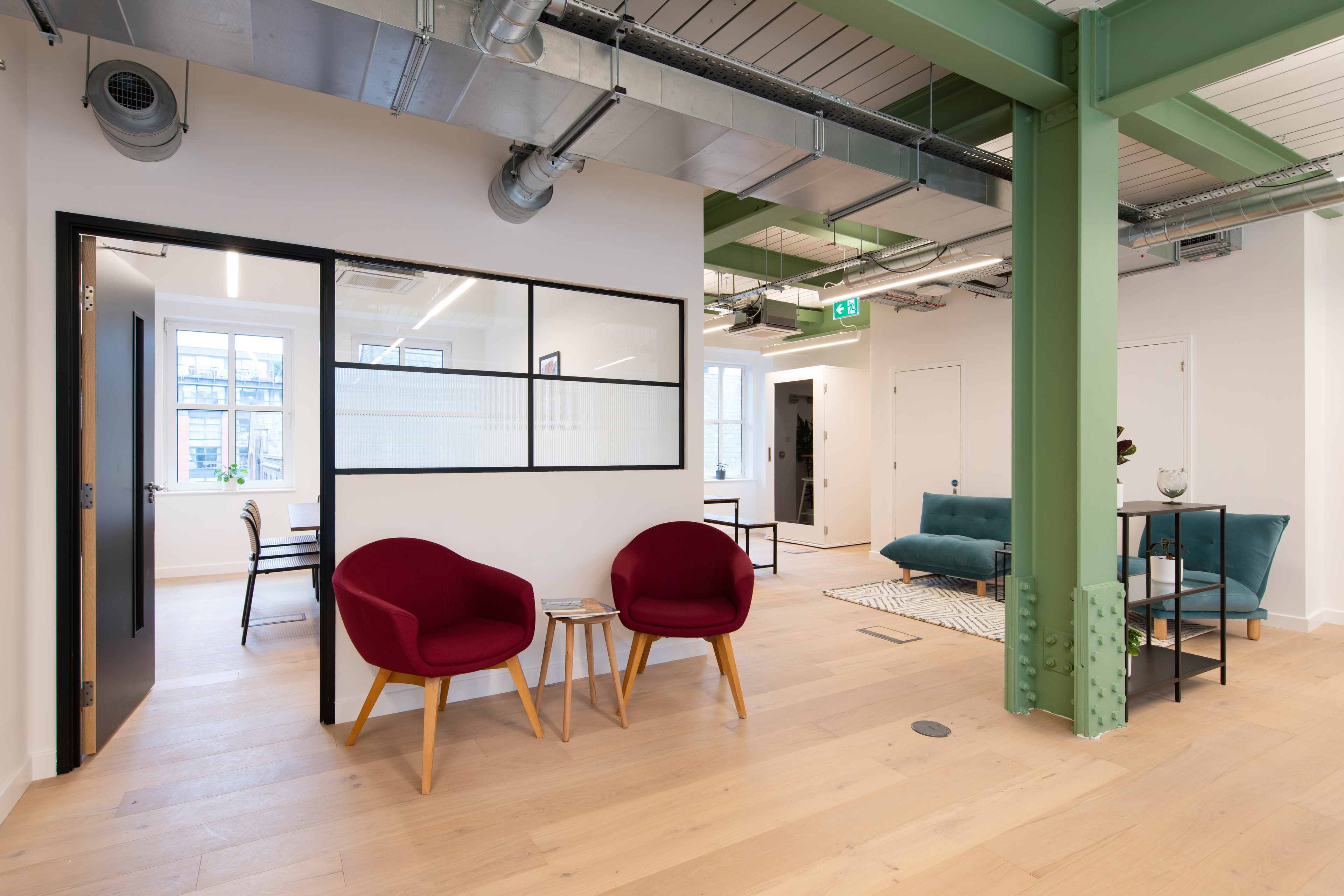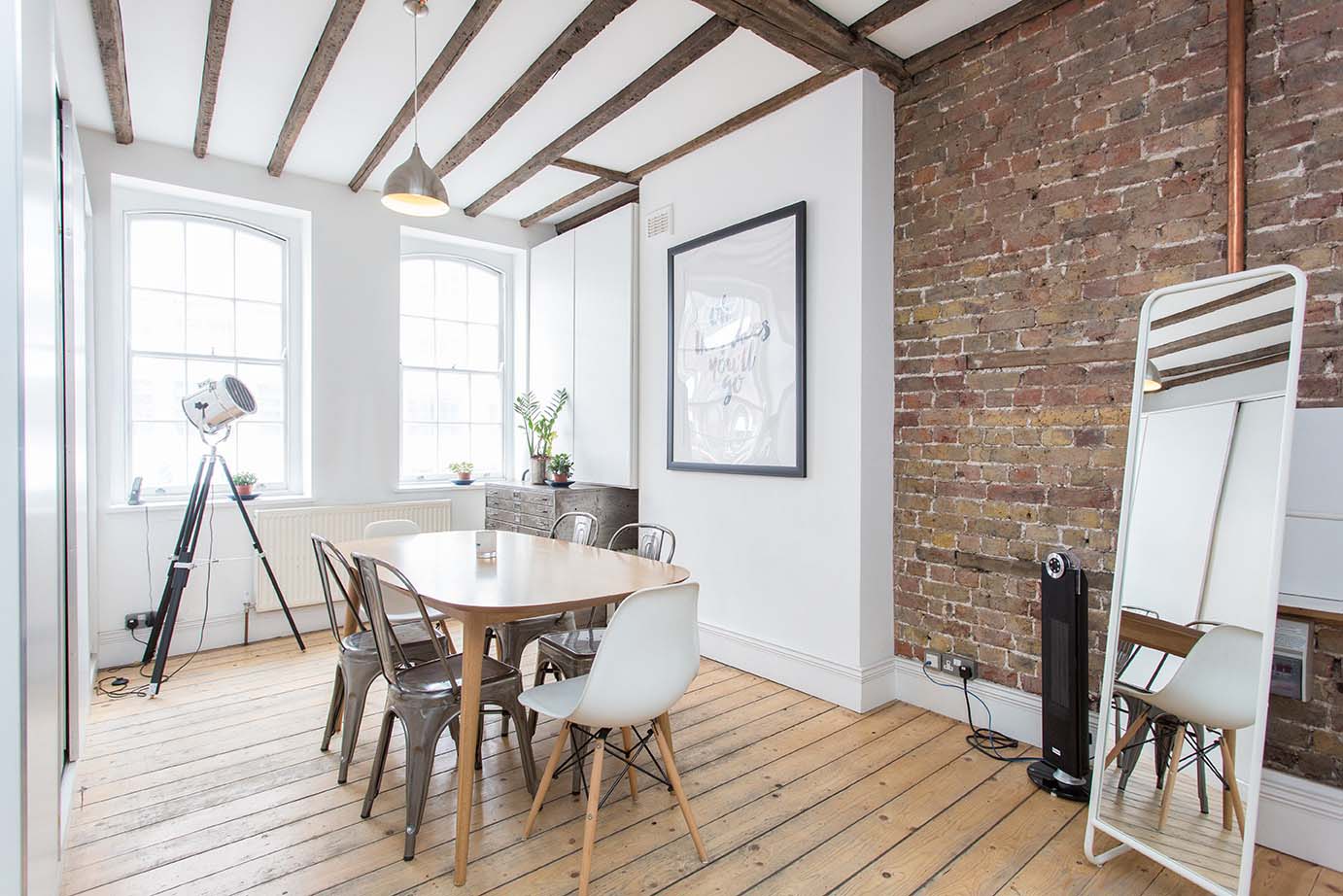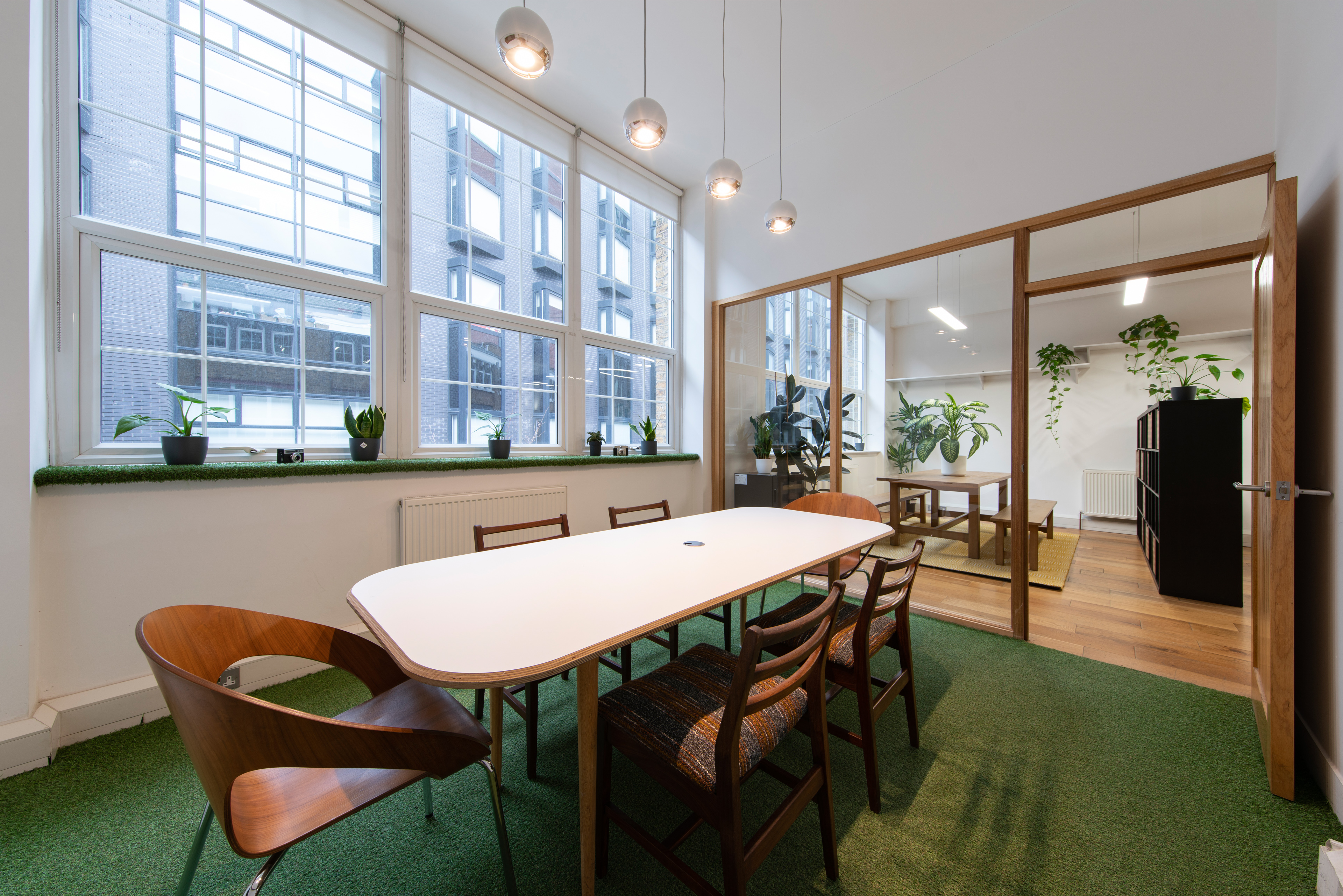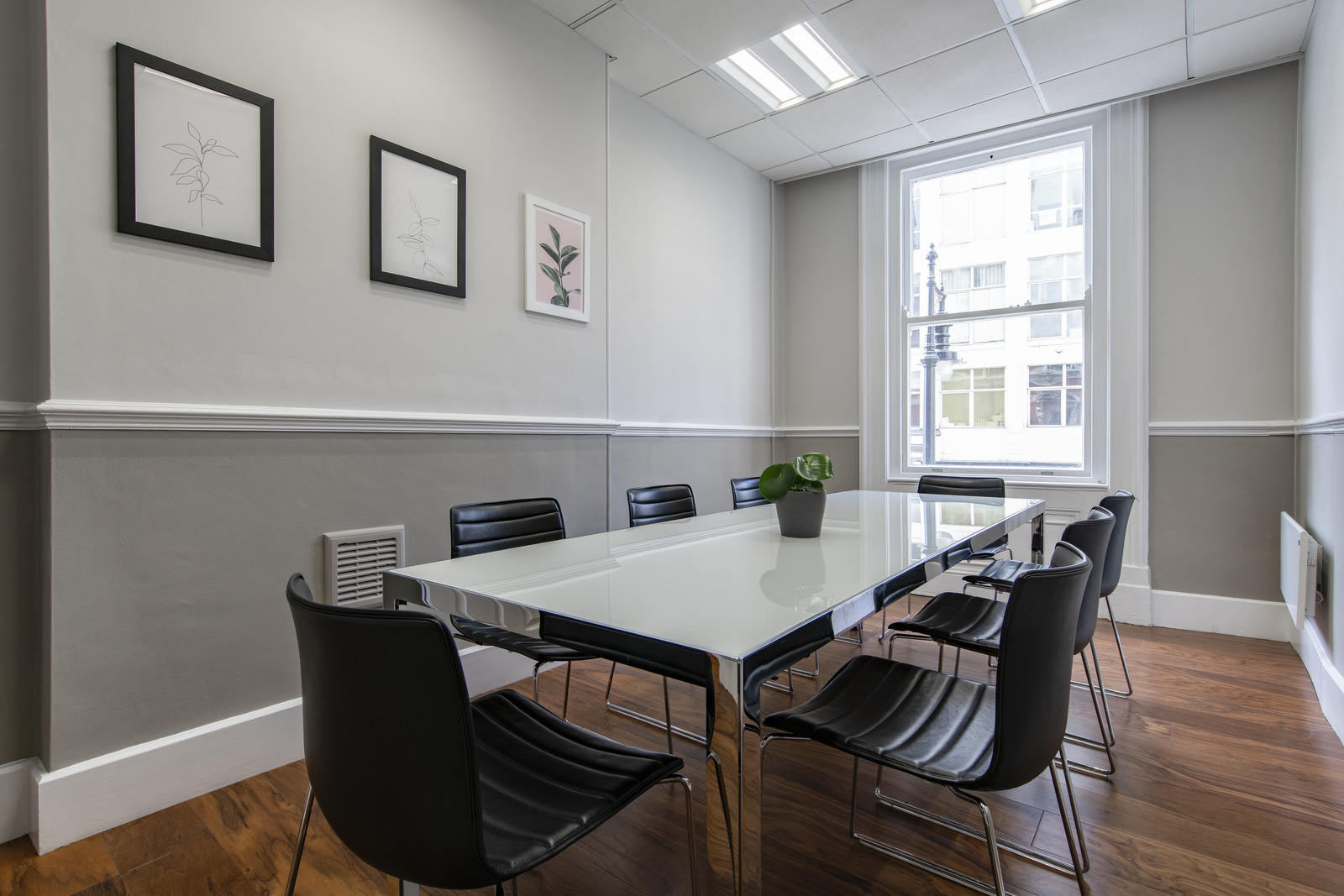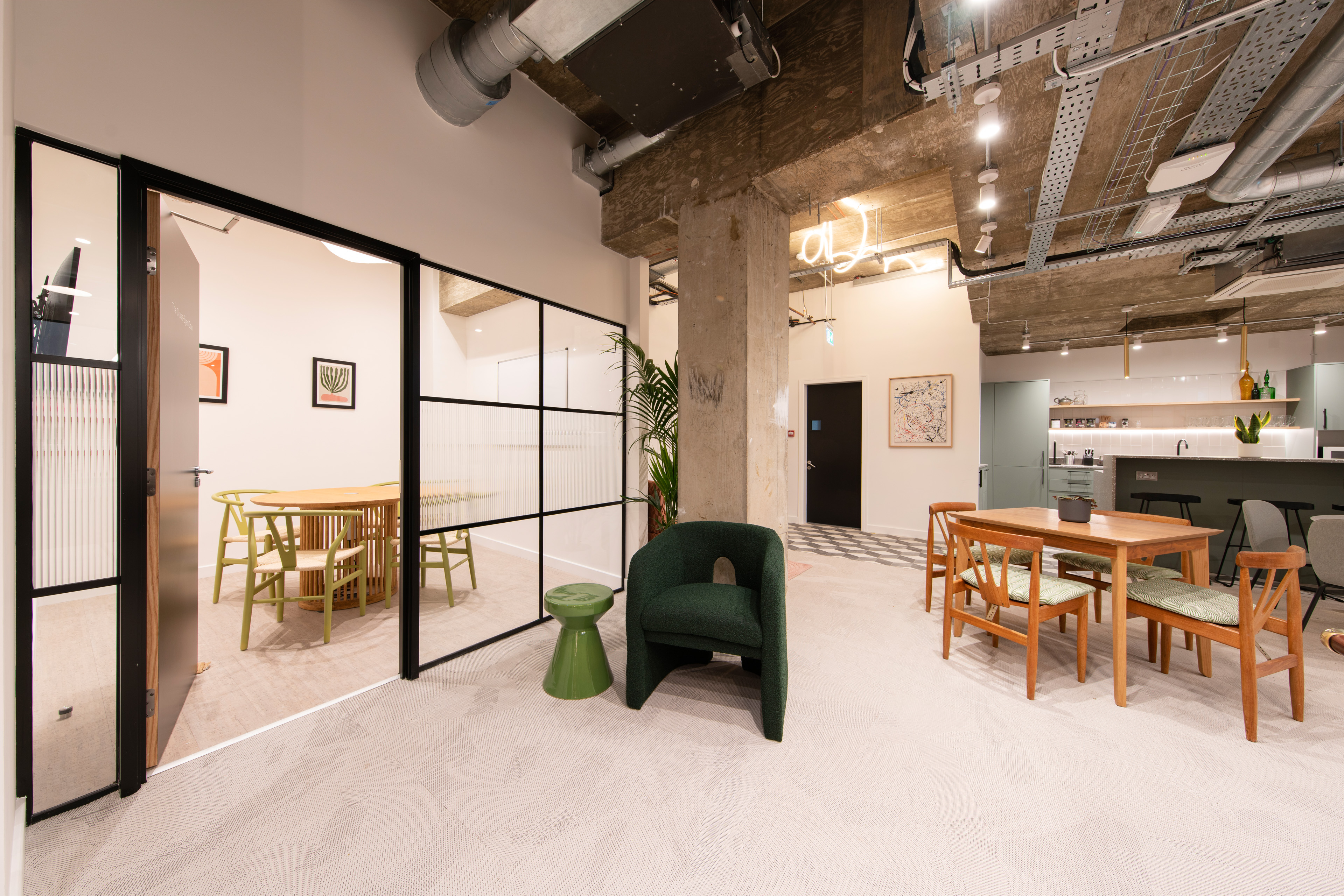If you’re an entrepreneur, CEO or manager, you’ve probably held a meeting or two in your time. Maybe for a brainstorming session with your team or a pitch to potential clients. No matter the reason, meetings are an integral part of any business.
But while you might be tempted to hold them in your personal office, in a coffee shop or on Zoom, sometimes there’s just no substitute for an office meeting room. A meeting room is essential for communication inside and outside your company – but not all businesses have them.
If you don’t have a dedicated meeting space and are considering an office with private meeting rooms in London, this guide is for you. It covers everything you need to know about office meeting rooms, including their benefits, different types and costs. Let’s get stuck in.
What is an office meeting room?
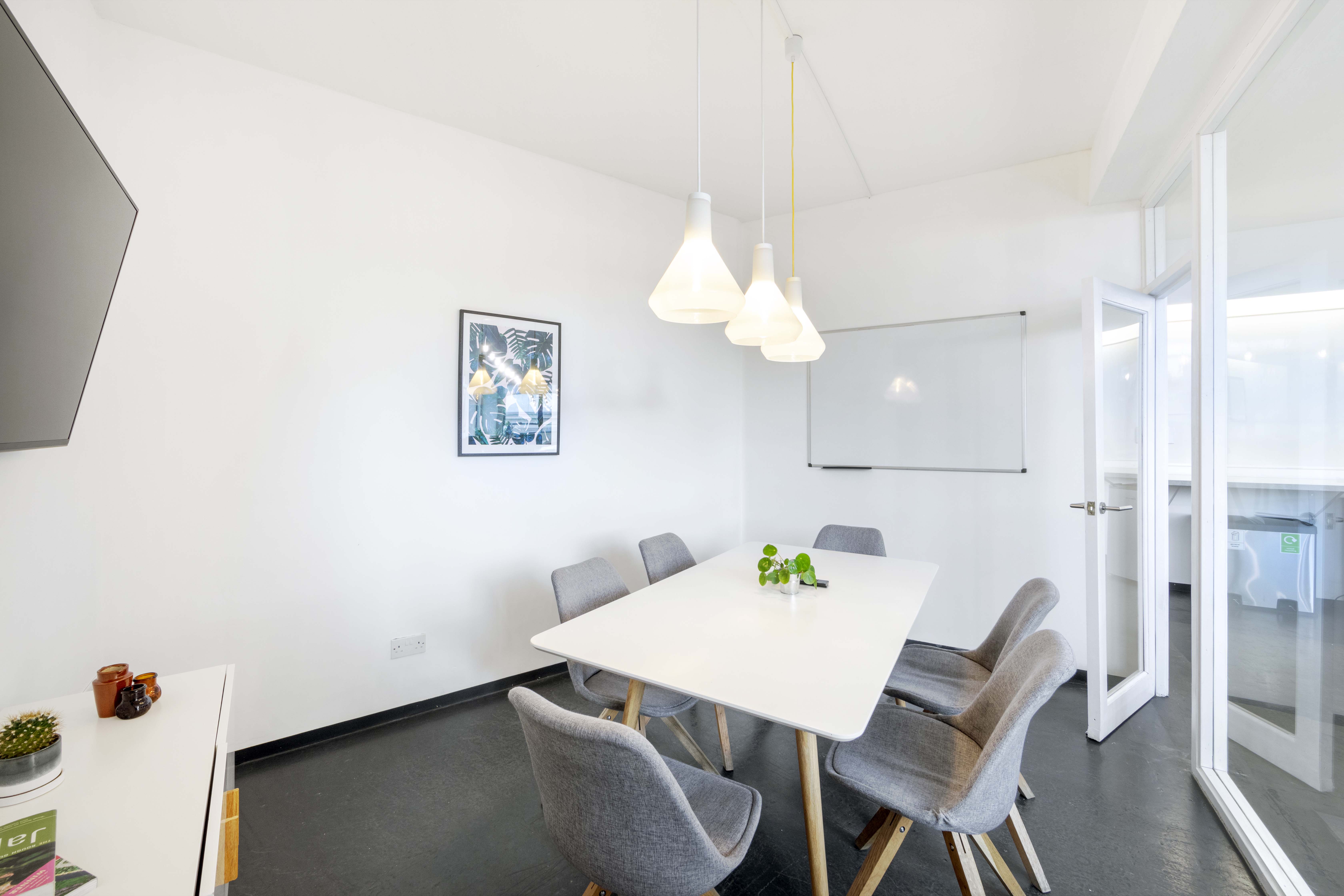
Private meeting rooms are a popular option for businesses of all sizes, from tech giants to small-team startups. Photo credit: Canvas Offices.
While it might seem pretty straightforward, an office meeting room is more than just a room to hold meetings in. On the surface, they’re usually furnished with a conference table, chairs and occasionally a whiteboard. But while the furnishing is often quite formal, an office meeting room is simply a space you and your team can gather for any kind of meeting.
(Plus, a lot of modern meeting rooms are a lot more inviting than what most people picture when they think of a meeting room. Check out these inspiring office designs in London)
Office meeting rooms are often used for a range of activities beyond meetings, including:
- Team-building exercise
- Brainstorming sessions
- Collaborative work
Businesses of all sizes make use of office meeting spaces. The size of the meeting room is usually determined by the size and needs of the company. As the requirements of different companies vary, there are a couple of types of meeting rooms available.
Types of office meeting room
Private meeting rooms
A private meeting room is a space that is purely for use by one business. It’s ideal for companies that have a lot of meetings for confidential or sensitive conversations. It’s typically isolated from the rest of the office and may have additional features like soundproofing to ensure privacy.
Private meeting rooms are often used by businesses to discuss sensitive topics. This could be anything from new product launches to mergers and acquisitions. They can also be used for personal conversations, such as performance reviews or disciplinary actions.
Shared meeting rooms
Shared meeting rooms are, simply put, meeting rooms that anyone can use. These rooms can be found all around London in libraries, community centres, and some workplaces. The idea behind shared meeting rooms is that they provide a space to gather and collaborate on projects or discuss important matters.
Due to the nature of shared meeting rooms, there are limitations on who can use them and when. But for the most part, they can be extremely beneficial for those who need a place to meet occasionally but don’t need a permanent meeting room.
The benefits of in-office meeting rooms
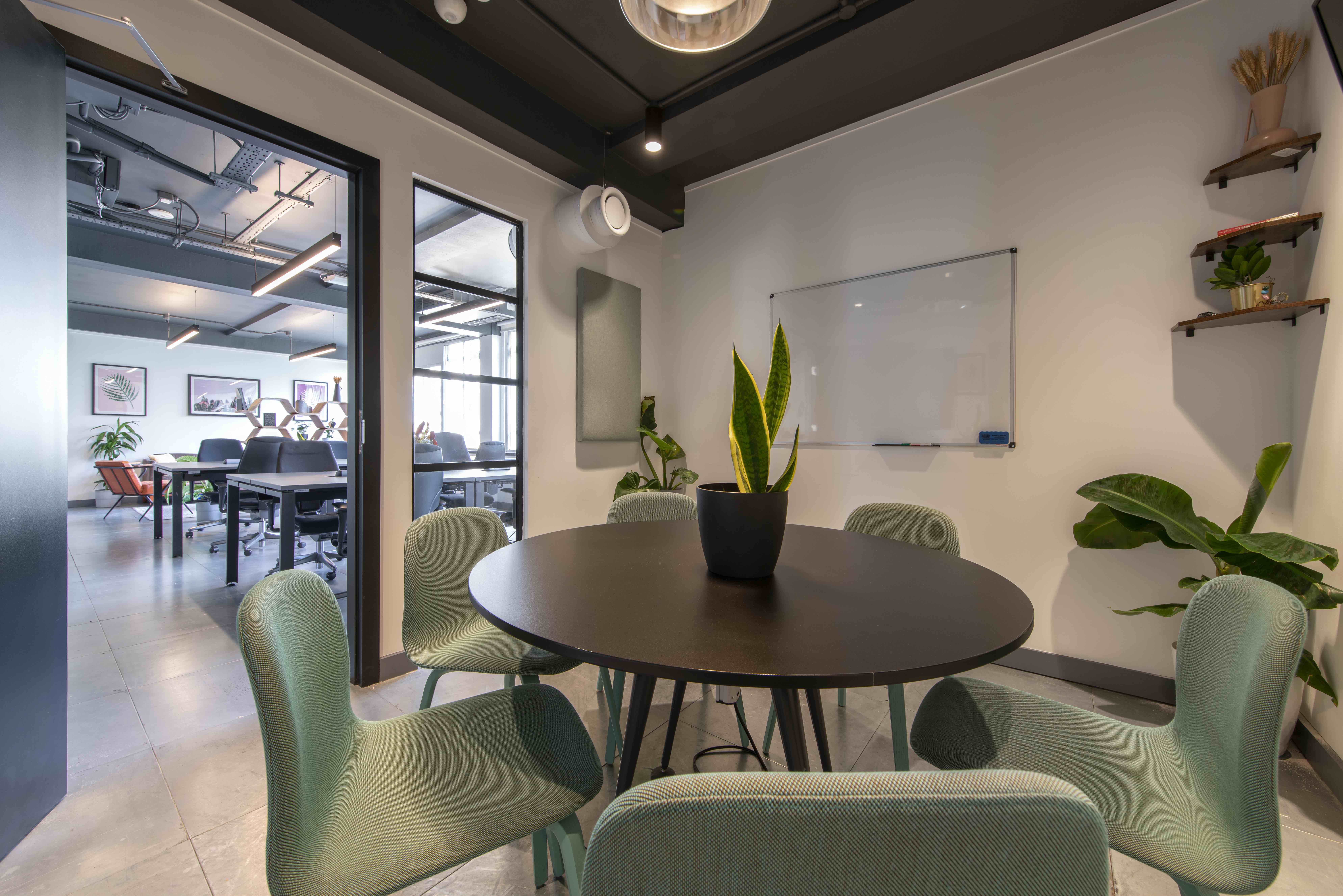
Private meeting rooms have several benefits for businesses of all sizes. Photo credit: Canvas Offices, Luke Street, Shoreditch.
The most obvious benefit of having an office meeting room is having a space to hold meetings with your team. But that’s not where the benefits end. Whether you have a private or shared meeting room, there are plenty of other benefits for your business and team, including:
1. Improved Communication
When you have regular meetings in an office meeting room, it can improve communication between you and your employees. This is because it gives you a dedicated space to touch base with one another and discuss whatever topics need to be addressed without the usual “hey, can you hear me? Oh, I think your connection might be funny. Can you hear me now? Oh, no, you go.” that comes with Zoom calls.
You can also use this time to share any updates or changes with the team, so everyone is on the same page. Plus, holding meetings in a meeting room face to face can help reduce distractions and allow everyone to focus on the task at hand.


